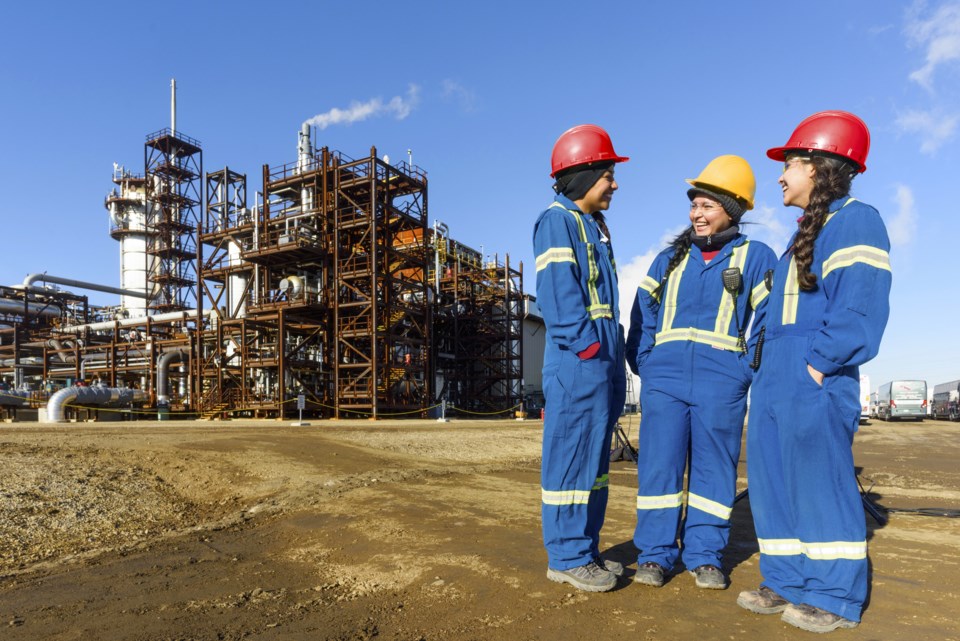Public and private capital spending on non-residential projects will approach $129 billion in Western Canada this year, according to Statistics Canada, with new construction accounting for nearly three-quarters of the value.
Alberta will attract more than half of the spending, with investors preparing to spend $56.7 billion in 2022, up 5 per cent from last year. Construction will rise in step with total investment, accounting for $42.2 billion of the activity. The remainder will be spent on machinery and equipment.
B.C. ranks second, but growth will be stronger. Statscan reports investment plans totalling $48.7 billion, up 7 per cent from 2021. Non-residential construction spending will rise 8 per cent to $37 billion.
The spending in both provinces focuses heavily on the energy sector. Public and private sources plan to spend more than $38 billion on new construction in Alberta’s oil and gas sector this year, while non-residential construction spending in B.C. will be led by utilities at $5.7 billion.
“The pent-up demand has been at a level we’ve not really seen,” said Chris Gardner, president of the Independent Contractors and Businesses Association (ICBA). “There was a significant slowdown in the economy in the first year of COVID, then about this time last year there was a sharp snapback in economic activity and the focus then became on energy, minerals, all the materials.”
Surveyed last fall, 96 per cent of the association’s members anticipated 2022 to be as busy or busier than 2021, a level of confidence ICBA has never seen.
While soaring commodity prices have spurred investment in the sector, they’ve also created headwinds, boosting construction costs.
“They’re putting a lot of pressure on the bottom line of investors, developers, builders, who are going out there and looking at new projects,” he said. “At what point do owners say, ‘Hang on, maybe we’re going to pause a little bit because we’re not going to get the margins we thought we were going to get, because every input going into this project is more expensive.’”
The surge in commodity prices, both oil and gas as well as minerals, is delivering an especially strong boost to Manitoba and Saskatchewan, which are poised to see the strongest growth in investment this year.
Saskatchewan is forecast to see 18.5 percent growth in capital expenditures in 2022, putting it on track to for $14.5 billion. Construction activity will account for an estimated $9.5 billion, a dramatic increase of 23 per cent versus last year. Similar to Alberta, oil and gas projects will lead the way.
Manitoba will see capital spending increase nearly 9 per cent to $9 billion. Utilities will lead construction spending, which will rise 15 per cent to an estimated $5.6 billion.



